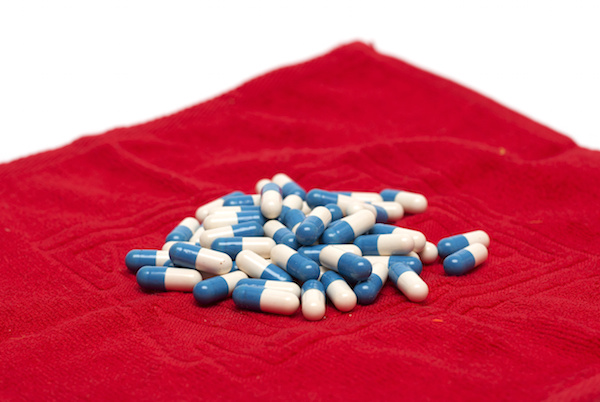
TUESDAY, Aug. 16 (HealthDay News) — HIV/AIDS experts gathering in Atlanta this week expressed growing concerns over a rise in rates of HIV infection among the nation’s poor and minorities.
New data released Tuesday at the National HIV Prevention Conference by the U.S. Centers for Disease Control and Prevention found that 19 percent of gay and bisexual men, 9 percent of intravenous drug users and 2 percent of low-income heterosexuals were infected with HIV. This compares with an overall infection rate in the United States of only 0.47 percent. And nearly half of people in each of these high-risk groups were unaware of their HIV status.
However, young black men are being hit the hardest: While the overall number of new HIV infections each year in the United States has remained relatively stable at about 50,000, infection rates have increased sharply among black gay and bisexual men, according to Dr. Kevin Fenton, director of the National Center for HIV/AIDS at the CDC.
“The most concerning finding was that new HIV infections among black gay and bisexual men aged 18-to-29 increased 50 percent between 2006 and 2009,” Fenton said at a press briefing on Monday. “That group was the only group in the U.S. to experience significant increases during that time.”
Even more troubling, data released Tuesday showed that a big proportion of individuals in some of these high-risk groups also report having engaged in high-risk behaviors over the past year, including unprotected sex and sharing needles.
“We found substantial levels of HIV infections and high-risk behavior, infrequent testing and low awareness. . . This is a major concern,” said study co-author Dr. Alexandra Oster, a co-medical epidemiologist with the Division of HIV/AIDS Prevention at the CDC. “This provides insight into the population we most need to be reaching.”
Other data being presented at the conference suggests that a troubling 41 percent of adults and teens living with HIV aren’t getting needed care. And more whites (about two-thirds) seemed to be receiving adequate care (including HIV testing) vs. only 55 percent of blacks and 49 percent of Latinos.
Improvements in care are clearly needed, experts at the conference stressed, and some are beginning to be seen. For example, one report found that three-quarters of health departments around the United States are now putting routine HIV testing in places such as emergency rooms and community health clinics.
And an institution in Cleveland found that reminding health-care providers about the test and improving their communication skills boosted the number of people getting tested by 64 percent over six months.
Last but not least, the CDC is rolling out a new campaign called Testing Makes Us Stronger, which is aimed at increasing rates of HIV testing and awareness among black gay men. The campaign will feature messages posted in ads as well as on social media and in outreach programs.
More information
Find out more on outreach programs to combat the spread of HIV at the U.S. Centers for Disease Control and Prevention.

